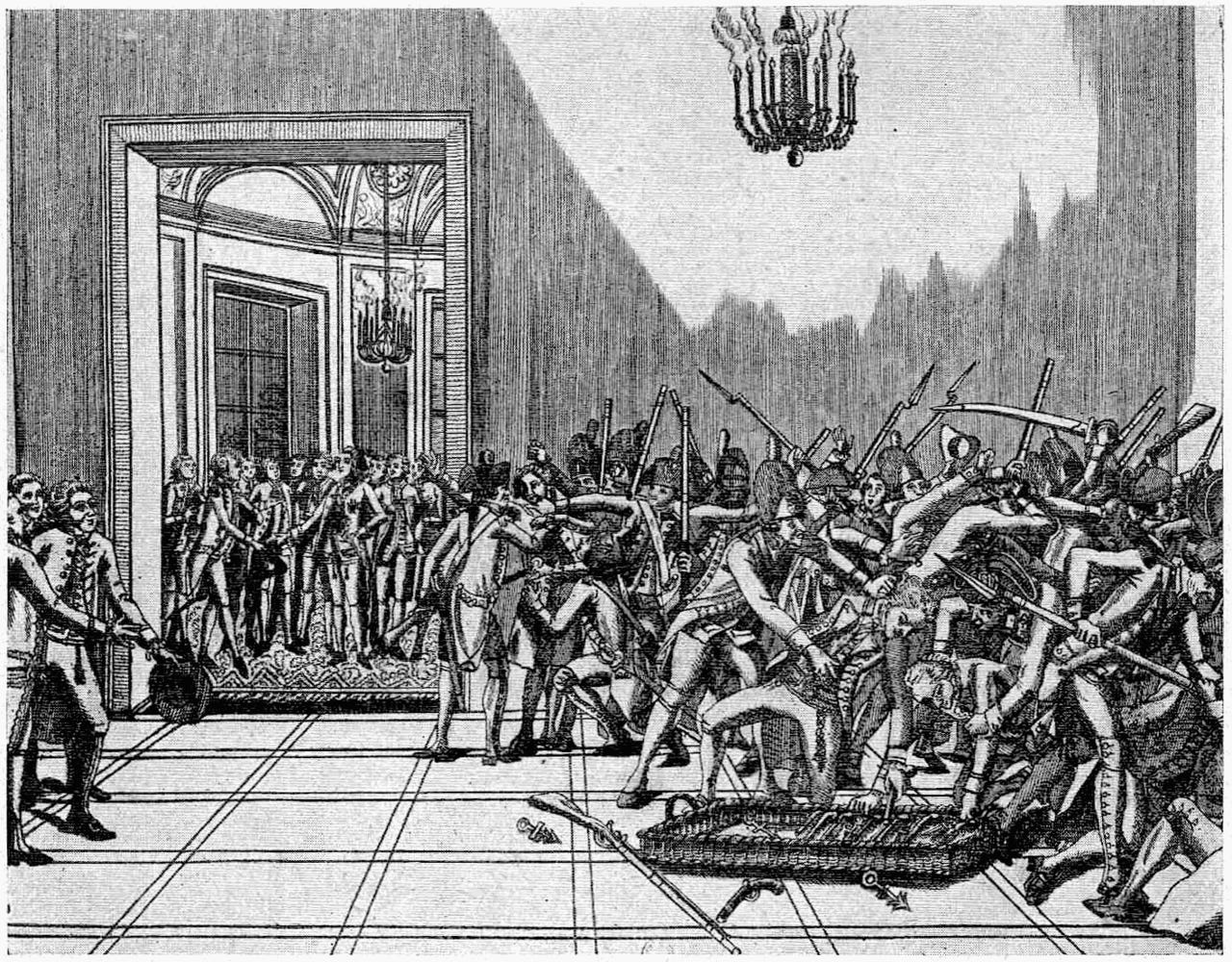Hi all, and welcome back to rumblewrites. This week’s post is a bit of a shorter one, where I’ll be discussing the event during the French Revolution that became known as the Day of Daggers.
How did we get here?
The revolution was now in full swing. Between 1789 and 1791, there had been a flurry of reforms which changed the social and political landscape of France. Crucially, these included the abolition of the nobility in June and the Civil Constitution of the Clergy in July 1790. Despite attempts to set up a constitutional monarchy, the French people were becoming increasingly disillusioned with the royal family. And the King himself, along with many of the nobles, were turning against the idea of revolution. As a result, many nobles / aristocrats had begun feeling Paris and seeking aid in foreign countries. Those who remained were unhappy, and there were rumblings of a potential royalist counter-revolution. It was in this context of fear and turmoil that a rumour was born: the King was planning to follow the example of his aristocratic peers and emigrate.
This rumour gained momentum in early 1791, when the municipality voted to restore the dungeons of the Château de Vincennes to accommodate more prisoners of the revolution. However, this was quickly viewed as a cover-up, intended to conceal the King’s plan to construct a secret tunnel between his residence at the Tuileries Palace and the Château. In an effort to prevent this, a group of workmen decided to storm the Château and tear it apart with pickaxes… as you do. In response, the National Guard and its Commander-in-Chief Marquis de Lafayette were sent to stop the mob.
The Day of Daggers
But this meant that the National Guard were no longer present at Tuileries to protect the King. Fearing for his safety, a staunch group of around 400 royalists marched into the Palace themselves, concealing daggers and swords beneath their clothes. They gained access easily, as most of them were aristocrats and could therefore enter the grounds without question. However, when their intentions became more apparent, Lafayette and the National Guard were forced to turn back and return to the Palace. Tensions were high, after all, and this could have signalled a counter-revolutionary insurrection. They ordered the King’s supporters to lay down their weapons and leave the Palace.
Significance
While this was a relatively minor incident in the story of the Revolution, it does serve to highlight the growing tensions between monarchists and revolutionaries at this time. Tensions that were only deepened by the King’s apparent disregard for his own supporters. It is also evidence of Lafayette’s loosening grip on the crowds of Paris, and the King’s own disillusionment with the Revolution. And, just a few months later, he genuinely did try to flee the country in the Flight to Varennes (20-21 June 1791). So maybe there was some truth to those rumours after all…
Recommended reading
Caiani, Ambrogio A., Louis XVI and the French Revolution, 1789-1792 (Cambridge University Press, 2012)
Henderson, Ernest F., Symbol and satire in the French Revolution (1912)
Tackett, Timothy, ‘Conspiracy Obsession in a Time of Revolution: French Elites and the Origins of the Terror: 1789-1792’, The American Historical Review vol.105 iss.3 (2000), pp.691-713





